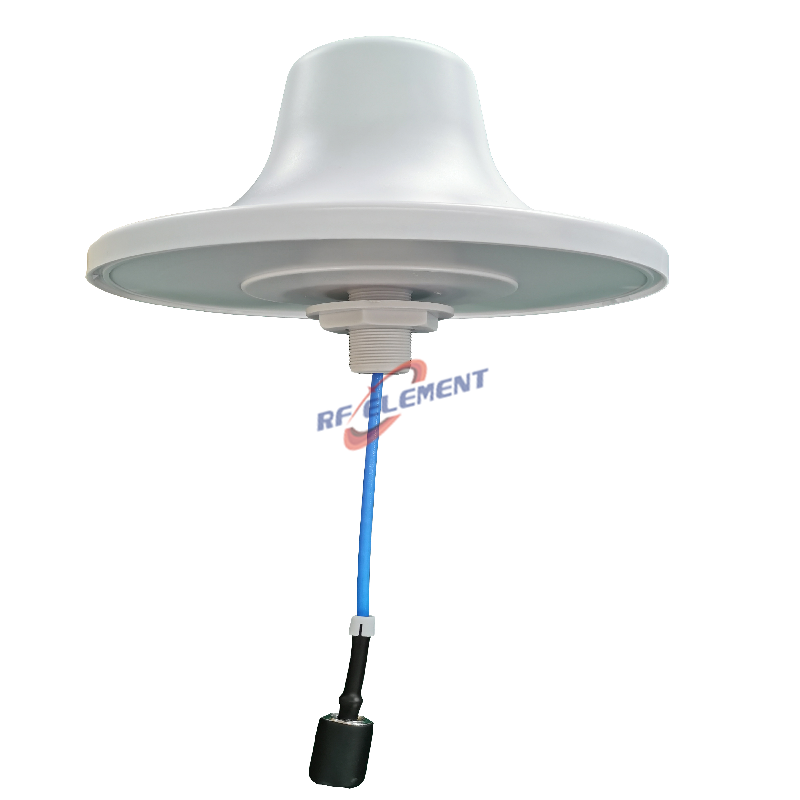The Imperative of Third-Order Intermodulation (PIM3) Requirements for 5G Indoor Antennas.- Our Technological Leaps

More Frequencies, More Problems: With lots of signals zipping around, they can sometimes get in each other's way and make a mess, which is what we call PIM3. This is especially true inside buildings where they can bounce off walls and cause trouble
Speedy Data, Steady Connections: 5G is meant to deliver data at lightning speeds and handle lots of devices all at the same time without a hitch.
Critical Connections: 5G is about more than just faster phones; it's the backbone for crucial services in health care, factories, and transportation. These services need connections they can rely on, and PIM3 can get in the way.
Happy Users: If our connections are lousy, people get frustrated, and that's bad for business. PIM3 can cause dropped calls and slow speeds, which nobody wants.
Materials Matter: We need to use materials in our antennas that don't cause PIM3.
Connector and Cable Quality: The connectors and cables that hook everything up are important too. They need to be top-notch to keep PIM3 in check.
Design Smarts: The design of the antenna can make a big difference in how much PIM3 we get. Engineers have to be smart about how they put antennas together.
Power Control: Keeping a tight leash on how much power our antennas put out is important. Too much can cause PIM3.
Testing and Quality Assurance: We can't just assume our antennas are up to snuff. We need to test them and make sure they can handle whatever PIM3 throws at them.


